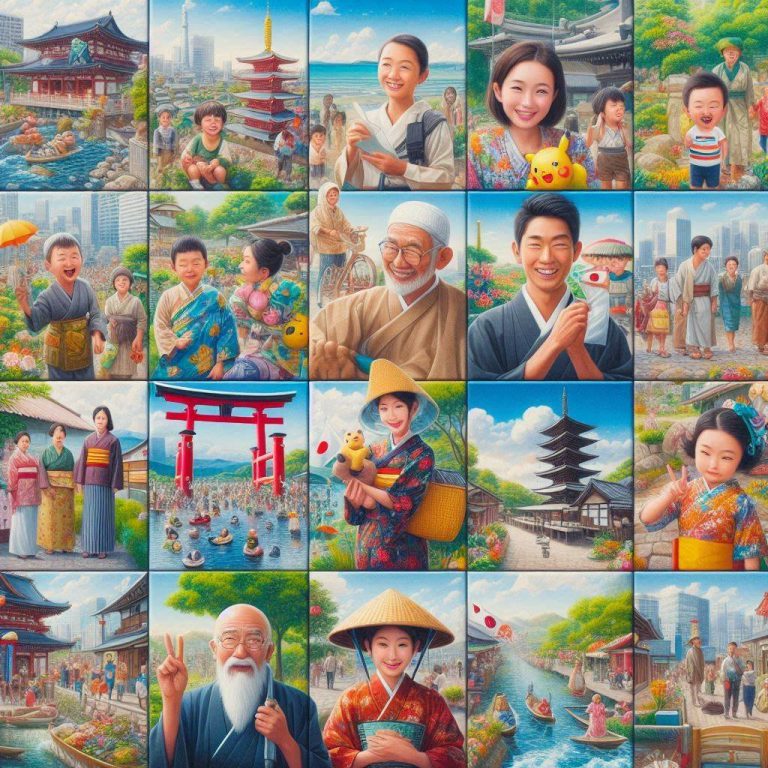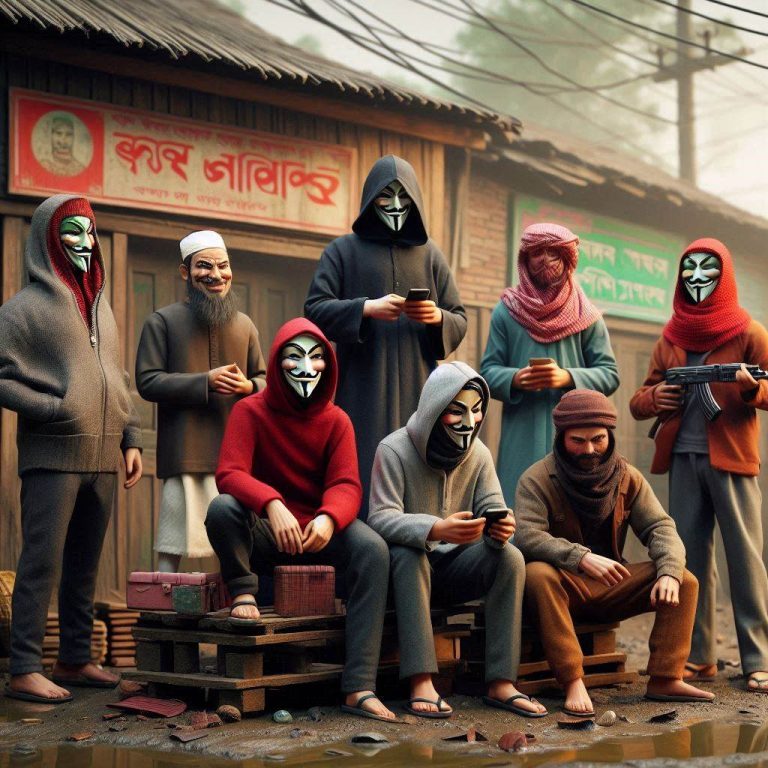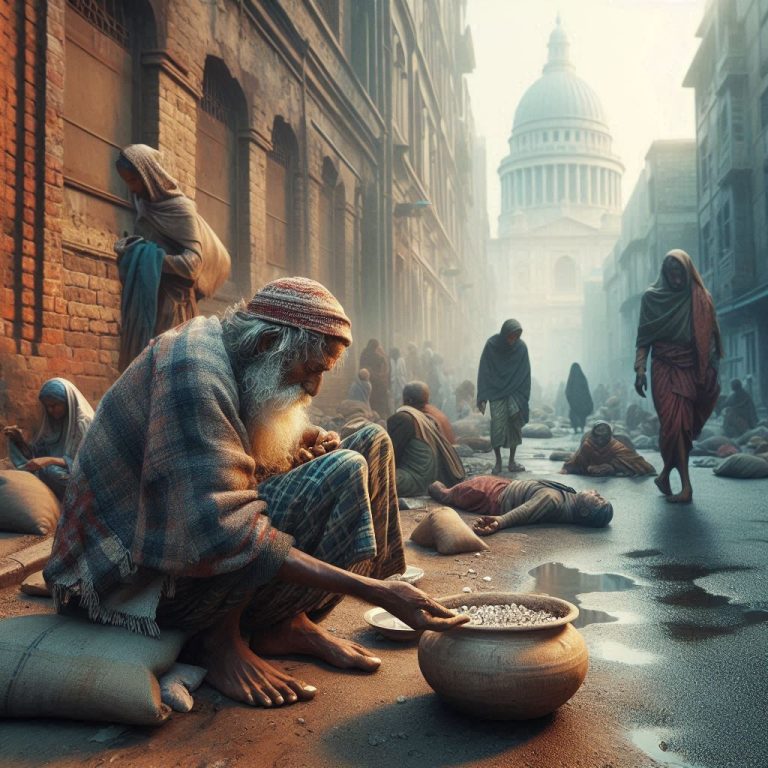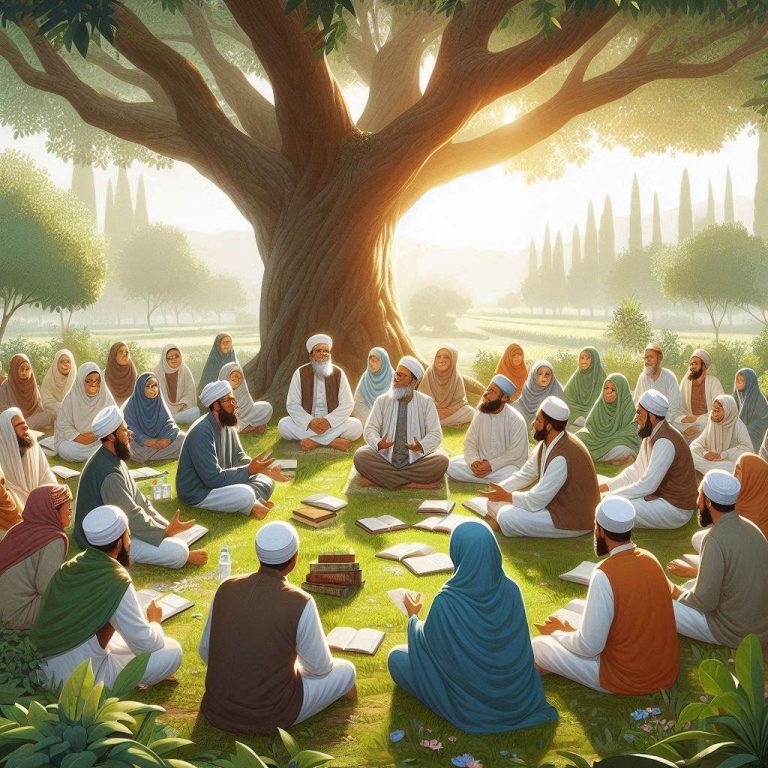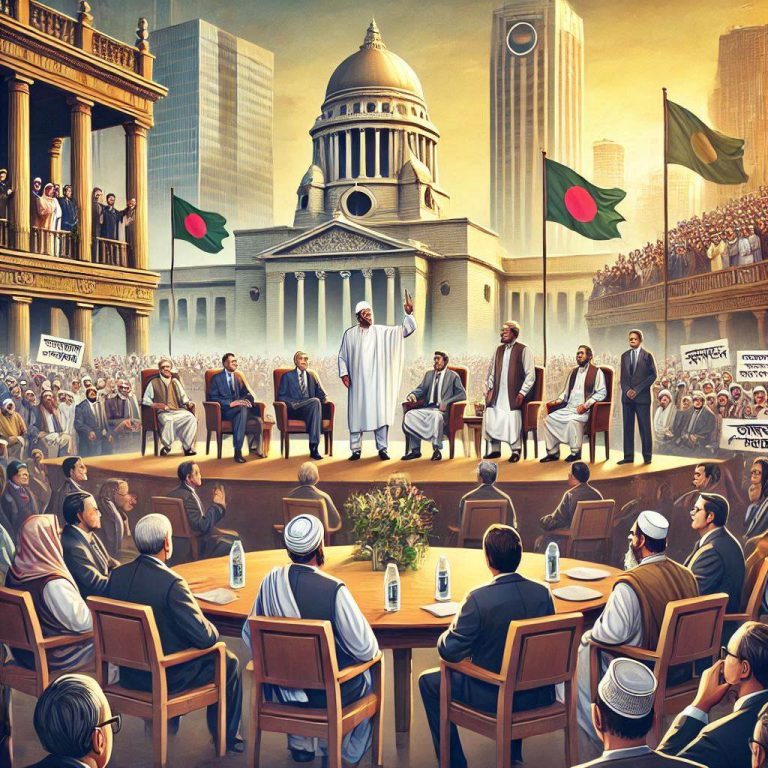
Introduction.
The Bangladeshi community in the United Kingdom represents a significant and dynamic cultural presence. Rooted in shared histories, migration patterns, and a vibrant cultural heritage, Bangladeshi people have made substantial contributions to the UK while maintaining deep ties to their South Asian origins. This article explores the history, culture, and influence of the Bangladeshi diaspora in the UK, highlighting key locations, cultural practices, and their integration into British society.
Historical Context:
Migration from Bangladesh to the UK began in the mid-20th century, particularly in the 1950s and 1960s, when many men from Sylhet in northeastern Bangladesh arrived to work in industries like textiles, manufacturing, and catering. The 1971 Bangladesh Liberation War saw a surge in migration as families fled conflict and sought better opportunities. Over the decades, this initial wave of economic migration evolved into a thriving, intergenerational community.
Key Locations and Demographics:
The largest Bangladeshi population in the UK is concentrated in East London, particularly in Tower Hamlets, home to the iconic Brick Lane. Other significant communities exist in cities like Birmingham, Manchester, Leeds, and Cardiff. According to the 2021 UK Census, over 600,000 people of Bangladeshi descent live in the UK, making them one of the largest South Asian ethnic groups in the country.
Cultural Contributions.
- Cuisine:
Bangladeshi cuisine is perhaps the most visible cultural contribution, with the majority of “Indian” restaurants in the UK actually being owned and run by Bangladeshi families. Signature dishes like biryani, samosas, and pithas are staples in the culinary offerings, while the nation’s love for fish, especially hilsa, is celebrated within the community.
- Festivals and Celebrations:
Events like Pohela Boishakh (Bengali New Year) and Victory Day (celebrating Bangladesh’s independence) are widely celebrated in the UK, often marked by vibrant parades, music, and traditional clothing. The Brick Lane Mela is a highlight of cultural festivities, showcasing Bangladeshi art, music, and food to a broad audience.
- Language and Literature:
Bengali is one of the most spoken languages in the UK, and literature plays a key role in preserving cultural identity. Writers of Bangladeshi heritage, such as Monica Ali, author of Brick Lane, have gained international acclaim, weaving stories that reflect the experiences of the diaspora.
- Music and Art:
Traditional music genres, including Baul songs and Nazrul Geeti, as well as modern Bangla pop, are celebrated through community events and concerts. Art exhibitions frequently highlight the works of Bangladeshi and British-Bangladeshi artists, showcasing themes of identity and dual heritage.
Challenges and Achievements:
While the Bangladeshi community has faced challenges, including economic disadvantages and racial discrimination, it has also made remarkable strides in education, politics, and business. Leaders like Rushanara Ali, the first British Bangladeshi MP, and entrepreneurs in industries ranging from technology to hospitality underscore the community’s resilience and achievements.
Conclusion.
The Bangladeshi community in the UK is a testament to the enduring strength of cultural identity and adaptation. By integrating seamlessly into British society while preserving their heritage, Bangladeshi people have enriched the cultural fabric of the UK. From the bustling streets of Brick Lane to the celebration of Bengali literature and festivals, this vibrant community continues to thrive, bridging the gap between two worlds with grace and pride.
